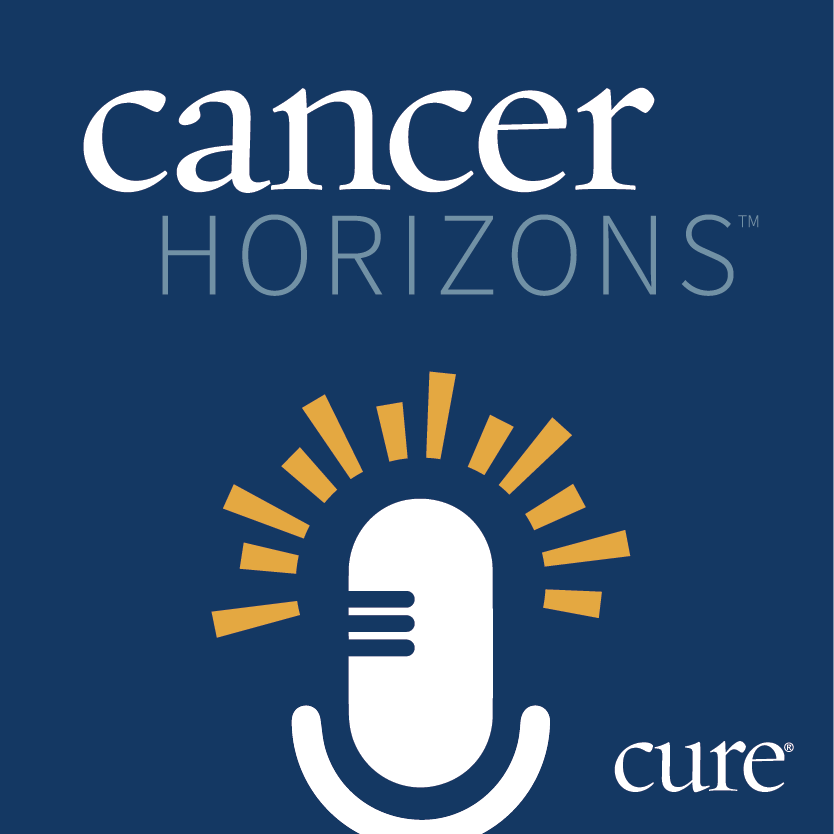News
Article
Tagrisso May Improve Survival in Advanced EGFR-Mutant NSCLC
Key Takeaways
- Tagrisso significantly improves overall survival in unresectable stage 3 EGFR-mutant NSCLC, surpassing placebo in the LAURA study.
- The FDA approved Tagrisso in September 2024 for patients with locally advanced NSCLC post-chemoradiotherapy, based on LAURA trial results.
Tagrisso is associated with positive outcomes among patients with unresectable stage 3 EGFR-mutant non-small cell lung cancer.
For patients with unresectable stage 3 EGFR-mutant non-small cell lung cancer, Tagrisso associated with positive outcomes.

Tagrisso (osimertinib) has been found to be associated with positive outcomes, including improvements in overall survival, among patients with unresectable stage 3 EGFR-mutant non-small cell lung cancer (NSCLC).
These findings, it has been posited, position Tagrisso as the new standard of care treatment for this patient population, according to findings from the international phase 3 LAURA study presented at the European Lung Cancer Congress (ELCC) 2025.
“In summary, this updated overall survival analysis from the LAURA study demonstrates an improved favorable trend for overall survival benefit with [Tagrisso] over placebo,” stated Dr. Suresh S. Ramalingam in his presentation of the data at the ELCC meeting. “This was seen despite the high proportion of patients in the placebo group that went on to receive another third generation [tyrosine kinase inhibitor], specifically [Tagrisso], nearly 80%.”
“And we also showed that there are clinically meaningful improvements for [Tagrisso] over placebo in time to first subsequent therapy, progression-free survival 2 and time to second subsequent therapy. … In conclusion, these data further substantiate the fact that [Tagrisso] after definitive chemo radiotherapy is the new standard of care for patients with locally advanced non-small cell lung cancer bearing an EGFR exon 19 or 21 mutation.”
Ramalingam is the executive director of the Winship Cancer Institute of Emory University as well as an associate vice president for cancer of Woodruff Health Sciences Center, both in Atlanta.
Results from the LAURA trial supported the U.S. Food and Drug Administration’s September 2024 approval of Tagrisso for adults with locally advanced, unresectable stage 3 NSCLC whose disease has not progressed during or after concurrent or sequential platinum-based chemoradiation therapy and whose tumors have EGFR exon 19 deletions or exon 21 L858R mutations. The trial was held at more than 145 centers in more than 15 counties including the United States as well as in Europe, South America and Asia, according to a news release issued by AstraZeneca, the manufacturer of Tagrisso.
Updated results from the trial presented at the recent ELCC meeting showed an improvement in overall survival among patients treated with Tagrisso versus placebo, with median overall survival times of 58.8 months and 54 months, respectively. Notably, 78% of patients on placebo received subsequent treatment with Tagrisso after experiencing disease progression, according to the news release.
In the trial, patients underwent chemoradiotherapy and then, if their disease had not progressed within six weeks, they were randomized to treatment with Tagrisso (143 patients) or to receive placebo (73 patients).
With a Nov. 29, 2024 data cut-off date, the updated overall survival analysis was based on 66 events, with a median overall survival follow-up of 39.4 months in the Tagrisso arm and 35.2 months in the placebo arm.
Of the 143 patients in the Tagrisso group, 48% remained on study treatment, 38% began a first subsequent therapy and 14% received no subsequent treatment. For patients in the placebo group, those respective rates were 5%, 82% and 12%.
The median time to first subsequent treatment was 43.8 months in the Tagrisso arm and 9.5 months in the placebo arm, while median progression-free survival 2 times were 48.2 months and 47.4 months, respectively. Additionally, the median time to second subsequent therapy was not reached in the Tagrisso arm and 47.4 months in the placebo arm.
For more news on cancer updates, research and education, don’t forget to subscribe to CURE®’s newsletters here.




